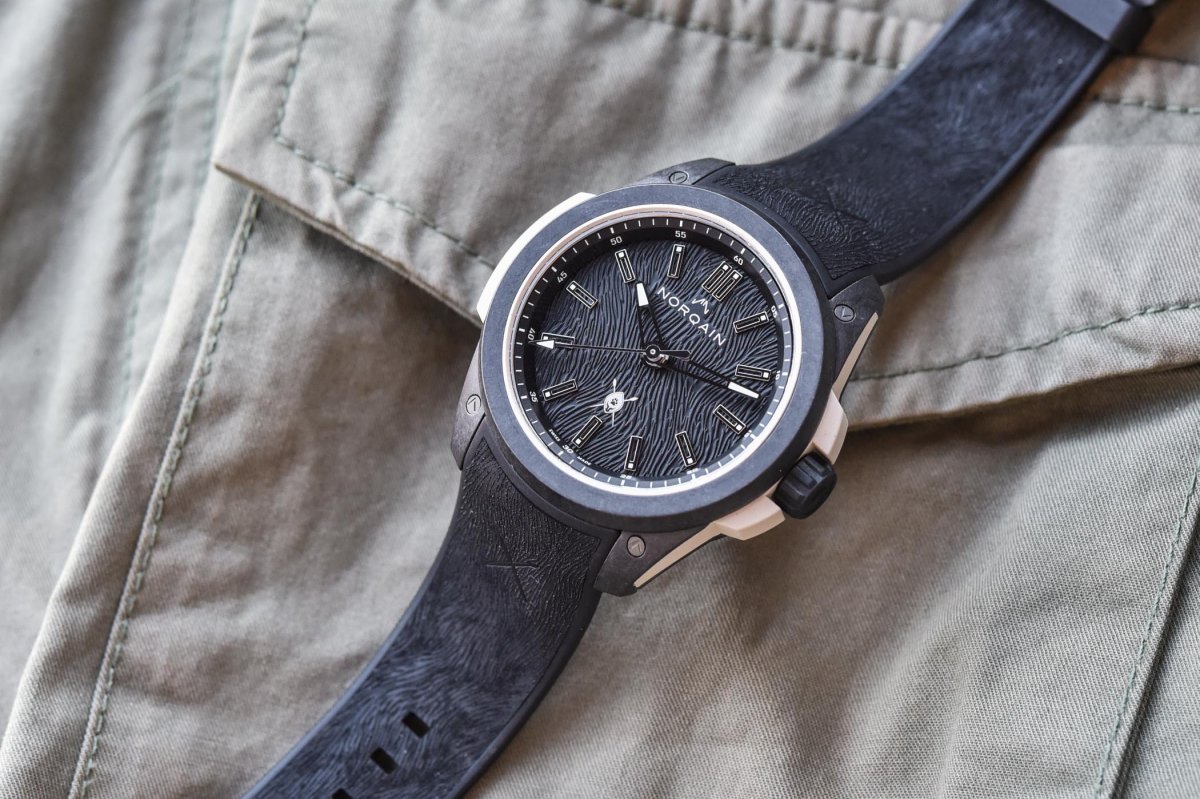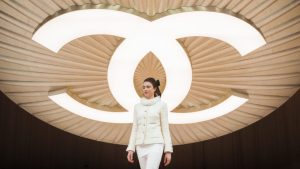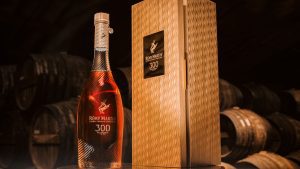[vc_row][vc_column][vc_column_text]Last summer, members of the press found themselves on Governor’s Island in New York Harbour standing ankle-deep in oyster shells. Instead of being flown to Gstaad or being sat down to dinner with an A-list actor, the press had been invited by the independent Swiss watchmaker Oris to help clean discarded oyster shells for an organisation called the Billion Oyster Project. The group reclaims discarded shells from restaurants, then cleans them to build artificial reefs where bivalves can thrive and help clean up waterways. Not exactly a glamorous life, but the most memorable press trip for a luxury brand – and that was the point. Consumers want to invest in sustainable watches, but as we are learning, environmental responsibility requires more than purchasing carbon offsets. It needs manufacturers and buyers to be aware of the social and economic costs of our consumption.
The experience was an excellent example of the way luxury brands are radically rethinking the idea of “going green” to build sustainable watches.
Raising Awareness
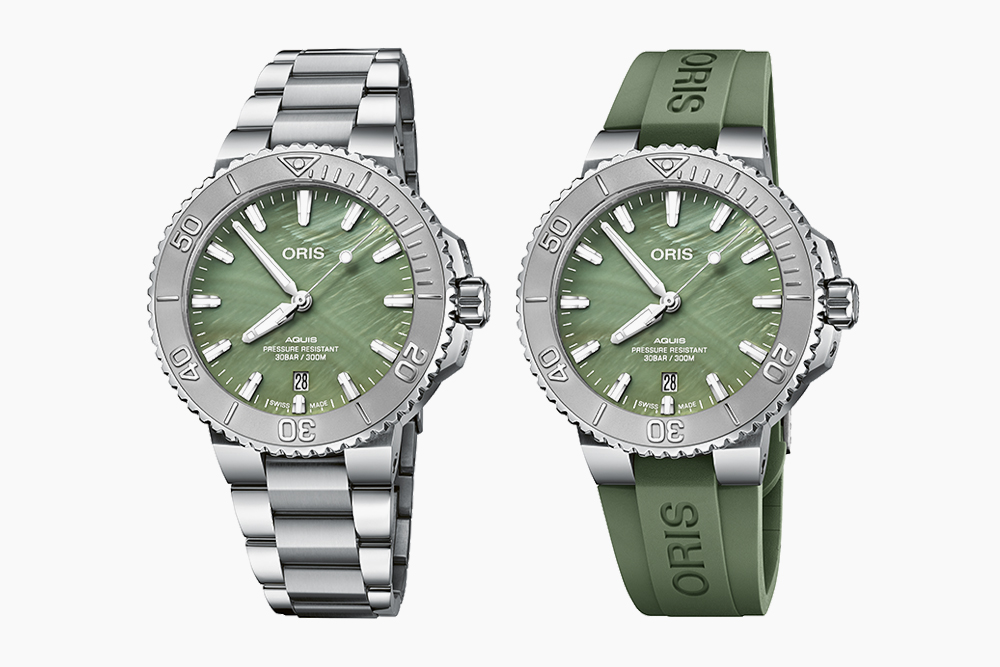

The partnership with Oris also resulted in a gorgeous, limited edition watch called the New York Harbor Limited Edition timepiece. Visually, its defining feature is a distinctive mother-of-pearl dial. Mother of Pearl has traditionally been used in high-end watches for its lustrous surface, but here it also denotes a connection with the natural world.
Historically, the oyster trade in Manhattan provided upwardly mobile jobs and affordable food to New Yorkers in the 19th century until overfishing and pollution wiped out the population. Unfortunately, the importance of this ecosystem had almost been completely forgotten. Oris wanted to help bring awareness to the oyster issue through this watch, with a portion of the sale proceeds supporting the actual work of the billion-dollar Oyster Project, whose mission is to restore one billion oysters in the New York Harbor by 2035.
Taking Action
The three pillars of sustainability are environmental, economic, and social change. Each of these aspects, directly and indirectly, impacts the other.
Most high-end manufacturers create their collections in small batches, so it is rare to have excess products ending up in a landfill. The luxury sector as a whole is defined by scarcity, and therefore by economical use of materials. And generally speaking, workers are highly skilled and as such, they are not usually exploited.
Brands and buyers are recognizing that there is lots of room for improvement when it comes to practices that will ensure we can have nice things today and a hundred years from now.
Oris, for example, has recognized that buyers want transparency. Last spring, Oris made its sustainability report public. The company has been informally supporting conservation and humanitarian organisations for decades, but in 2019 it implemented a strategy to achieve climate-neutral status and kickstart a schedule of emissions reduction. They are the first watchmaker to release an emissions audit conducted by ClimatePartner, which last year independently certified Oris as a climate-neutral company.
Shipping and Receiving
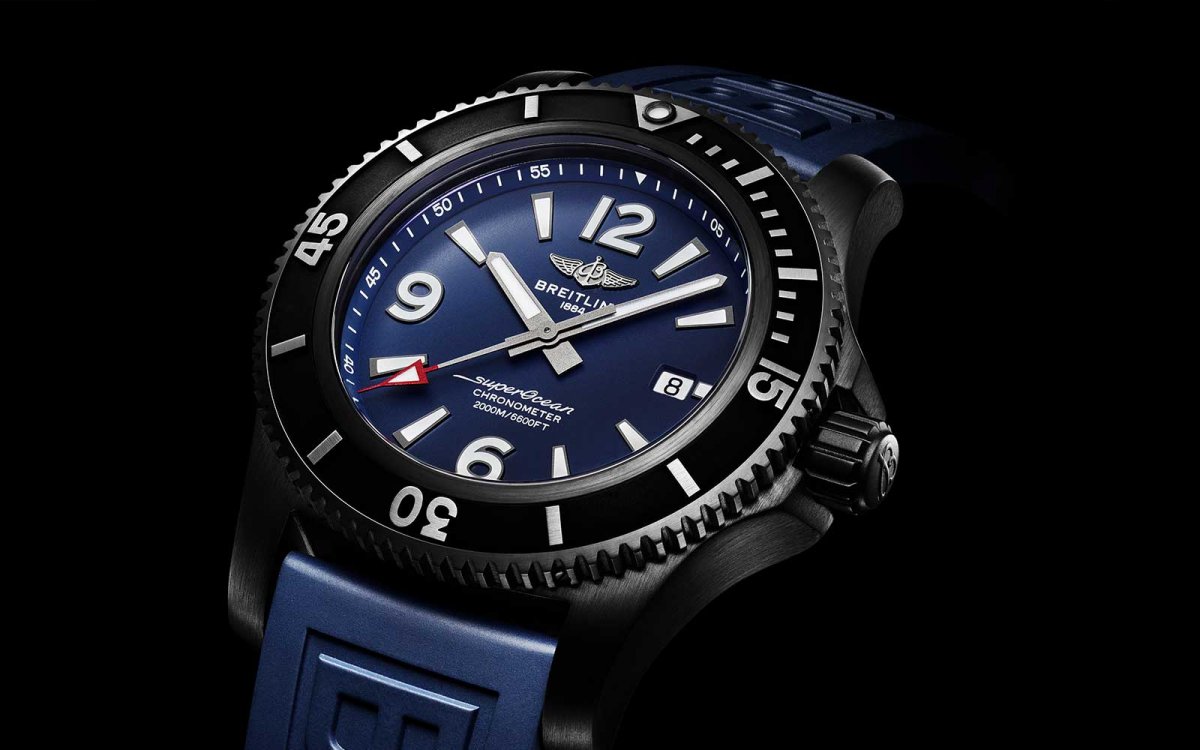

We are in the middle of a cultural shift when it comes to climate action. Consumer tastes not only influence trends in how watches look, they also inform how watchmakers act.
Sustainability is not a one-size-fits-all issue. While the goalposts are the same (to produce watches while having minimal impact on the land, biodiversity and locality), the trajectory may vary. To their credit, most watchmakers are trying their best to improve through initiatives like using recycled materials, carbon offsets, or buyback programs (remember, it’s reduce, reuse, and recycle).
Others, like Breitling, are also addressing how they do sustainability. While they already teamed up with environmental groups like the non-governmental organisation Ocean Conservancy, which is dedicated to solving the most pressing challenges facing the world’s ocean including plastics. The company has also just announced that it has entered a partnership with SWISS International Air Lines and will purchase sustainable aviation fuel (SAF) for all its business-related flights operated by SWISS, beginning retroactively for the entire 2022 calendar year.
Breitling previously introduced smaller watch boxes which in turn reduce transport-related CO2 emissions by over 60 percent (compared to those generated by the shipment of its original watch box). To prove that sustainable watches don’t have to be boring, this summer Breitling updated their popular SuperOcean collection with eight colours options ( black, blue, brown, green, orange, silver, turquoise and white),four case sizes (46, 44, 42, and 36mm), and three different case metals (steel, two-tone steel + red gold and bronze). Whichever combination you choose, you can always refresh the look with one of Breitling’s Outerknown ECONYL yarn NATO straps. These Watch bands are crafted from nylon regenerated from fishing nets.
RELATED: 7 Must-Have Homegrown Canadian Watch Brands
Giving Back
The conversation around the watch industry’s reaction to climate change is not limited to carbon emissions. The origins of the materials used to make the watches are also of concern to consumers.
In this regard, Chopard has been a leader in sourcing materials through its Fairmined Gold Initiative. Launched back in 2013, the initiative was the first effort by a major watch and jewellery house to address the impact of the business on the natural world and marginalised communities.
Beyond marketing and manufacturing, many manufactures also go above and beyond in creating, maintaining, and looking after green spaces. Reintroducing Oysters to the New York harbour, for example, promotes green spaces, plants, and protects water quality.
This October, Chopard is unveiling a new Model Alpine Eagle with a Pine Green coloured dial and is crafted in ethical 18-carat rose gold or Lucent Steel A223. As part of the Maison’s environmental efforts, a portion of the proceeds of the new models will be donated to the Alpine Eagle Foundation, which was co-founded by Chopard Co-President Karl-Friedrich Scheufele and is dedicated to preserving the Alpine region and its biodiversity.
A New Look
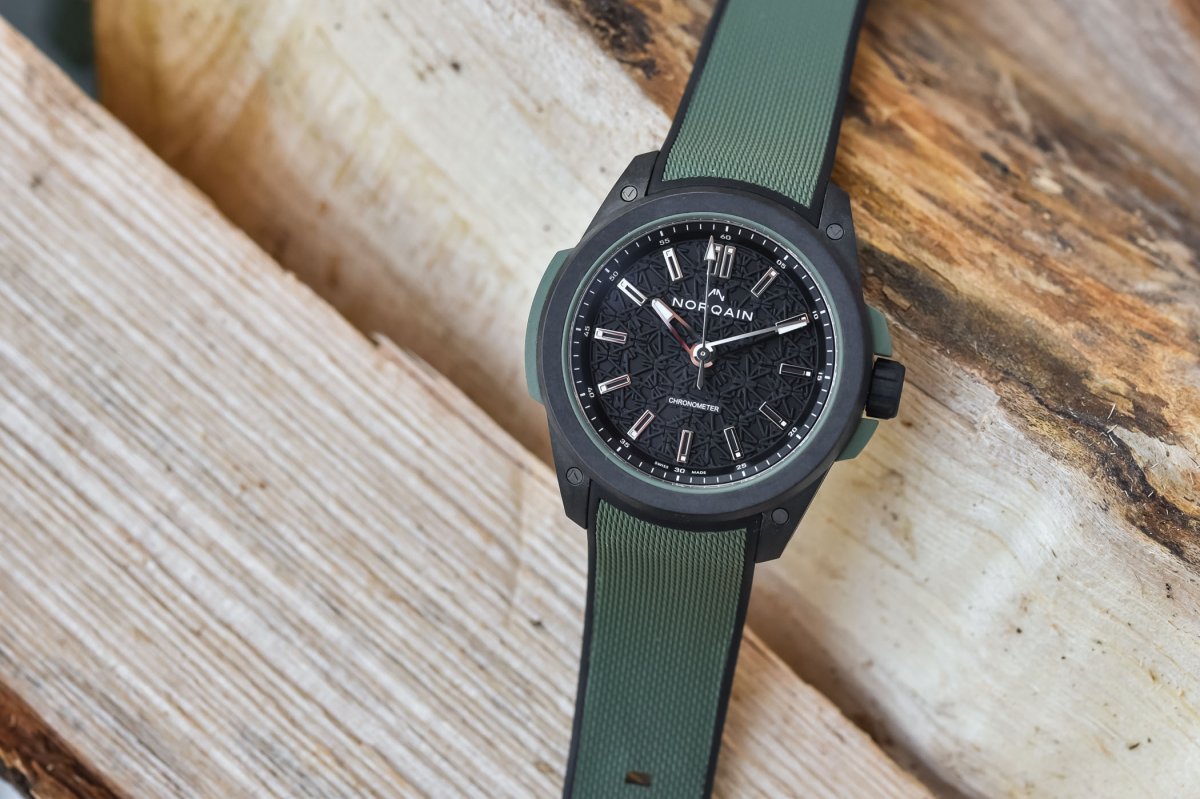

If climate change is evolving the way we look at purchasing watches, it is also altering the way watches look – in a good way.
Last year Panerai introduced the Submersible eLab-ID at Watches and Wonders in Geneva. While still a prototype, this bold, grey and blue timepiece is made from 98.6 percent recycled materials. (According to the brand, to get that last 1.4 percent would require using so much energy that the effort would be moot).
Independent watchmaker Norqain also just introduced the Wild One. This high-performance sports watch is made from NORTEQ – a durable proprietary material that is six times lighter than steel, 3.5 times lighter than titanium, and available in an array of colours. NORTEQ is also anti-magnetic and will not corrode over time. Additionally, the material left over from the production process is 100 percent recycled and upcycled – an important example of how innovation can lead to a smaller ecological footprint and is part of the policy that led to the brand’s CO2-NEUTRAL certification by Swiss Climate.
Demand for environmental responsibility is also leading to innovation in how materials are sourced. For example, Alpina’s Seastrong Diver 300 Automatic Calanda is the first timepiece to feature a 100 percent recycled stainless steel case. Manufactured by Thyssen Krupp, this PuReSteel recycled stainless steel boasts the highest level of quality currently available on the market and is primarily sourced from the maritime shipping industry. It also comes set on a recycled plastic wristband.
Alpina is also a partner of the National Park Foundation. For every Seastrong sold, $100 is donated to the NPF.
Information Please
We wear our watches, like our hearts, on our sleeves. The timepieces we wear are a declaration of who we are, who we want to be, and the kind of world we want to live in. That means it’s our job to investigate how timepieces are made.
We all have different priorities when purchasing a watch. But here are a few basic questions that will help you decide which brand’s values best align with yours.
Is a company climate neutral or are they making steps toward that? Where do they invest their profits? Are they putting them back in the company or are they putting them back in the world when dealing with climate change?
And remember, Society’s climate change plan is still a work in progress. To ensure that your timepiece will still be relevant in 100 years, choose something that you know you will cherish.
[yikes-mailchimp form=”1″ title=”1″ submit=”SUBSCRIBE”][/vc_column_text][/vc_column][/vc_row]


